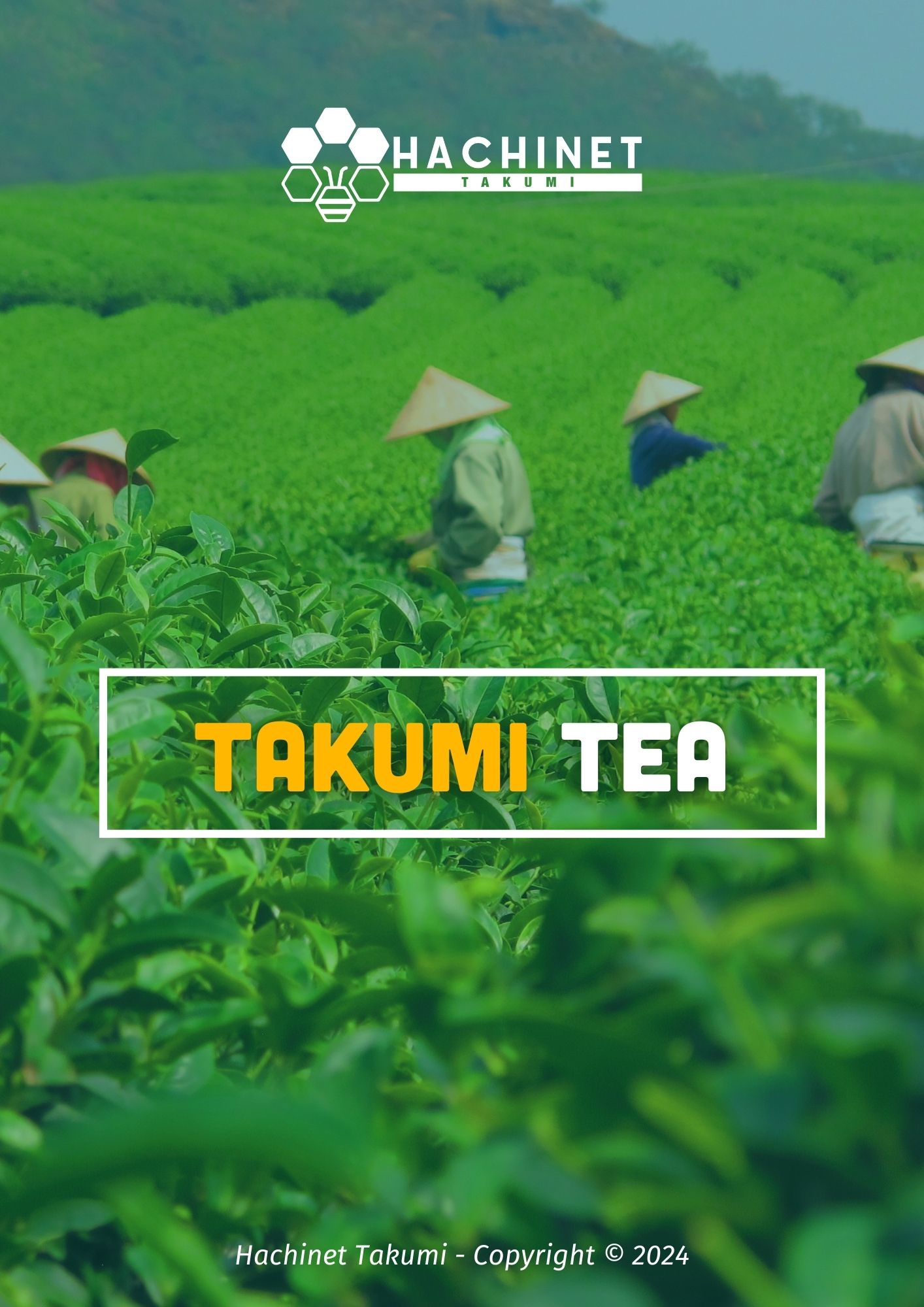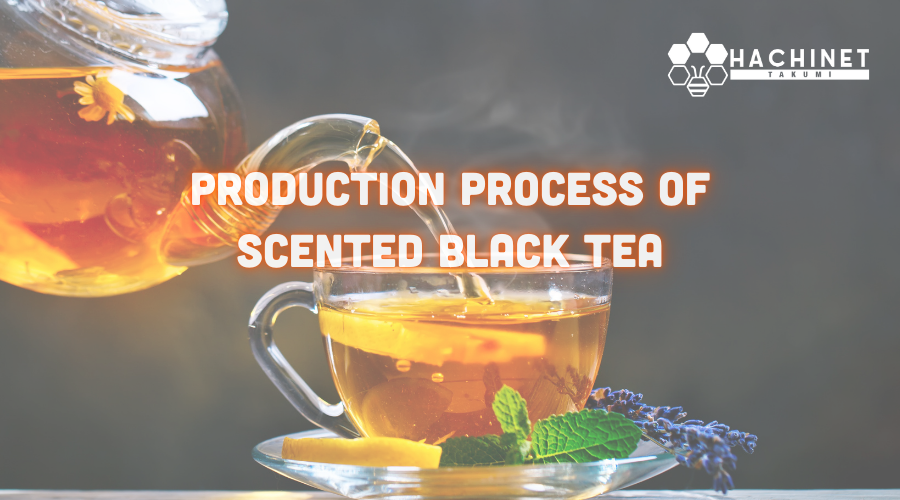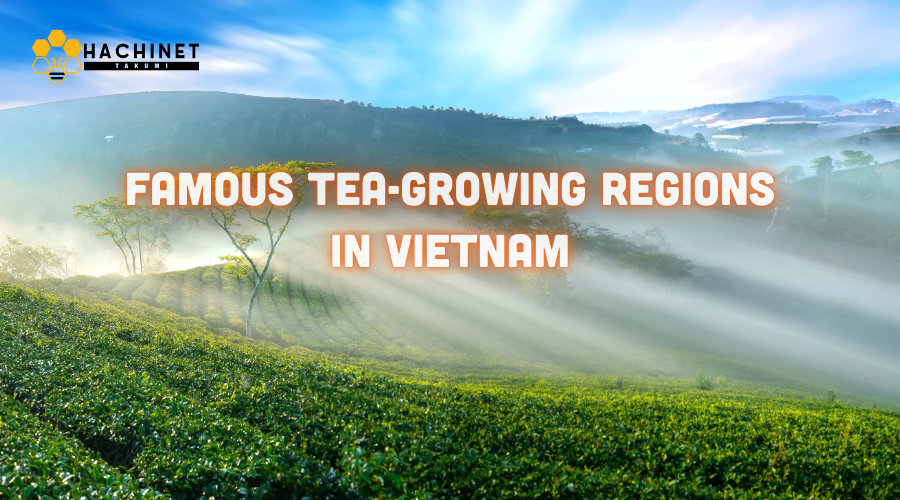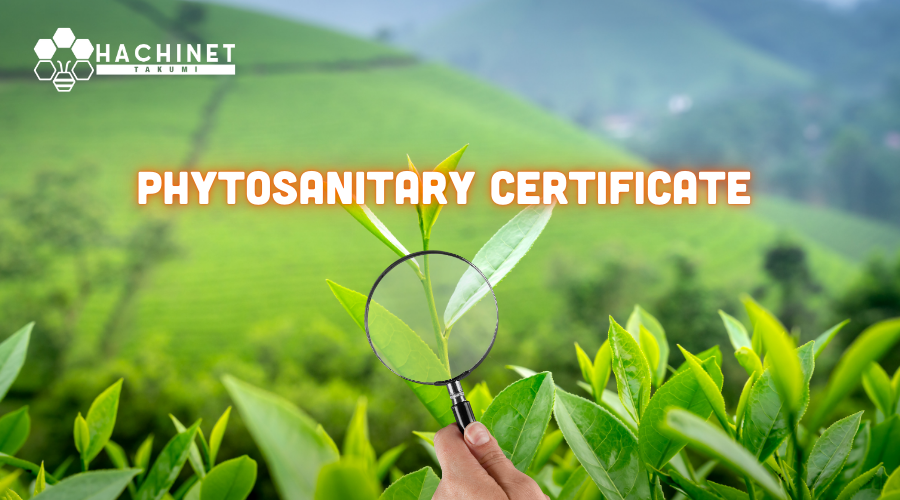"AWAKENING" the spring tea
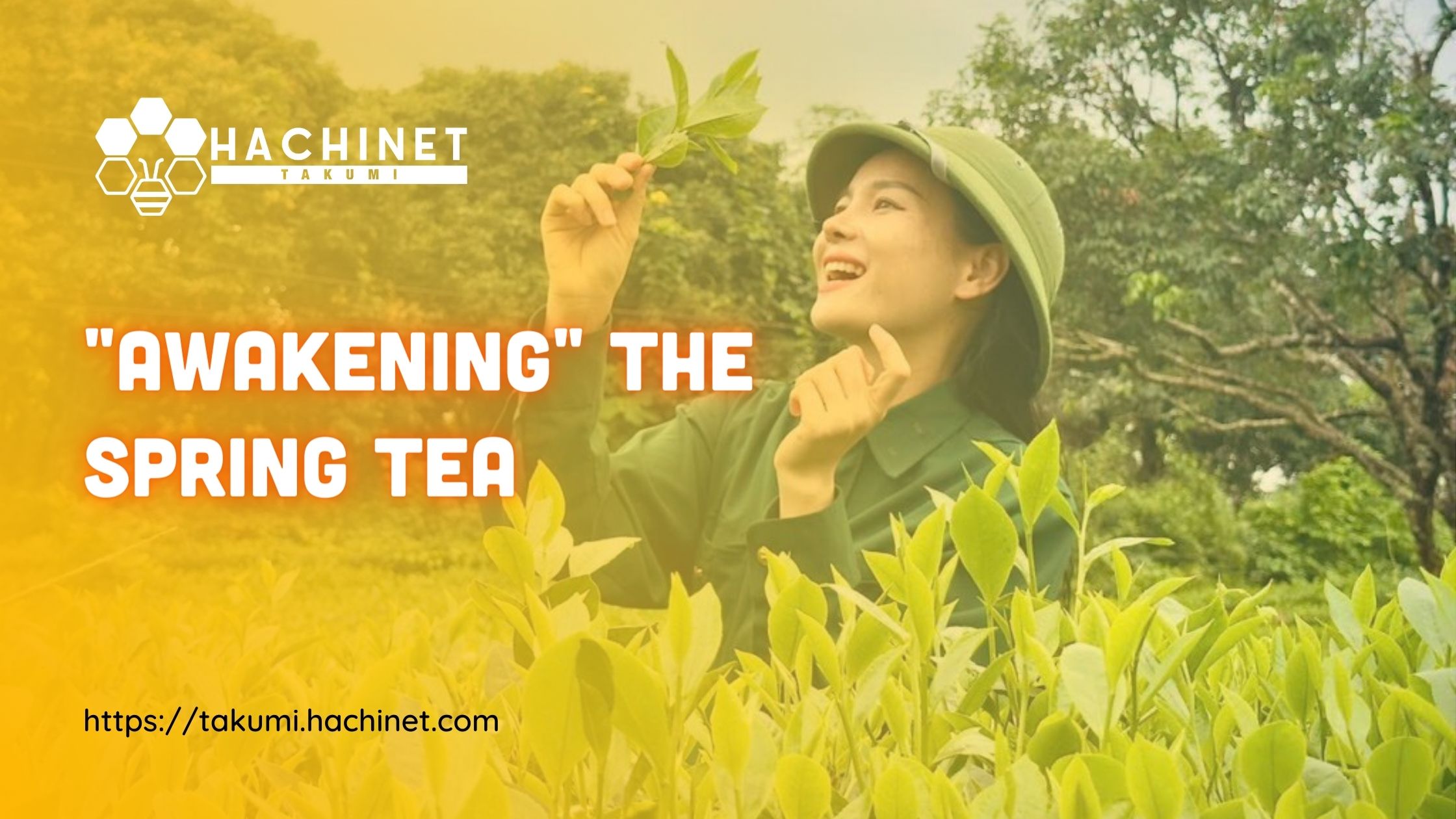
The spring season is when tea bushes begin to recover and grow after being pruned and resting for a considerable period. Therefore, farmers across the province in general, and Thai Nguyen City in particular, are focusing on caring for the spring tea bushes with the aim of ensuring robust growth and high-quality yields for the first crops of the year.
At this time, in some communes in the Tan Cuong tea-growing area (Thai Nguyen City), we see local farmers busy with various tasks to take care of the spring tea, such as fertilizing and weeding. According to the farmers, in the first crop of the spring tea season, if well cared for, the tea bushes will quickly recover, producing large, healthy buds, and high yields, while continuing to grow vigorously in subsequent crops.
Mr. Mai Viet Ai, an experienced tea grower from Go Phao hamlet, Tan Cuong commune, shared: On average, each year, tea bushes will have about a 3-month rest period for recuperation, starting from December of the previous year until around March of the following year. During this period, the weather is very cold, so after pruning, although the tea bushes are not yet ready for harvest, they still need good care, especially adequate fertilization. You can apply manure from closed composting tea waste; loosen the soil around the tea bushes to reduce evaporation if it's sunny; or flush the soil after rain showers. Our family's 5,000m2 of midland tea after pruning is fertilized with compost manure. From then until now, we've fertilized twice with organic fertilizer and are now preparing for the first harvest of spring tea.
In addition to proper fertilization, at this time, tea growers also focus on weeding and cleaning up the tea fields, removing branches and leaves that have been pruned but are still stuck on the bushes. The goal is to keep the tea bushes airy, limiting pests and diseases as the weather transitions into spring with its damp and humid conditions.
Mr. Le Quang Nghin, from Hong Thai 2 hamlet, Tan Cuong commune, said: After pruning, it takes a long time for the tea bushes to start producing new shoots again. But afterward, when the tea has budded, if the weather is warm, they will grow very quickly. Therefore, before the tea bushes fully bud, we must take the opportunity to weed and clean the fields thoroughly to avoid some pests and diseases, such as green aphids, caterpillars... For some newly planted tea bushes, to prevent weed growth, people often use guava branches or straw to mulch around the tea bush roots.
According to assessments from locals in the Tan Cuong specialty tea region, although the yield of spring tea is not high compared to the main crop, its quality is the best of the year. After a long winter break, the tea bushes accumulate many nutrients, creating a characteristic flavor, aroma, and sweet aftertaste, making it refreshing to drink. Therefore, the price of spring tea is usually 20-30% higher than that of the main crop tea.

Compared to other areas in the province, the tea-growing area of Thai Nguyen City occupies a small portion, with over 1,500 hectares (the whole province has over 22,000 hectares), but due to the climate, soil conditions, and special care techniques of the locals, the tea products from Tan Cuong have high quality and are trusted by consumers both inside and outside the province. Currently, out of a total area of over 1,500 hectares, about 50-60% of the tea is cared for using organic methods.
To ensure high productivity and quality tea, Thai Nguyen City has encouraged people to renovate their tea gardens; introduce tea varieties with high productivity and quality for planting; provide guidance for practicing safe production methods; and promote organic production. It also directs specialized agencies to coordinate with localities to organize training courses to bring scientific and technical knowledge into tea planting, care, production, and processing. As a result, the productivity and output of tea in the area have increased steadily over the years. In 2023, Thai Nguyen City's fresh tea production reached over 23,700 tons, an increase of 3,400 tons compared to 2020.
According to Ms. Ngo Thi Mai Huong, Deputy Director of the Agricultural Service Center of Thai Nguyen City, the rainy spring season has begun, providing ideal conditions for tea bushes to sprout new shoots. Some tea areas where farmers pruned early have started to harvest. However, the damp weather is also conducive to pests and diseases, so farmers need to regularly inspect the tea fields to timely detect and control pests and diseases; focus on caring for the tea bushes, providing adequate nutrition through the roots and leaves; and use organic fertilizers and microbial fertilizers to ensure strong root systems that can withstand unpredictable weather fluctuations and large temperature differences...


